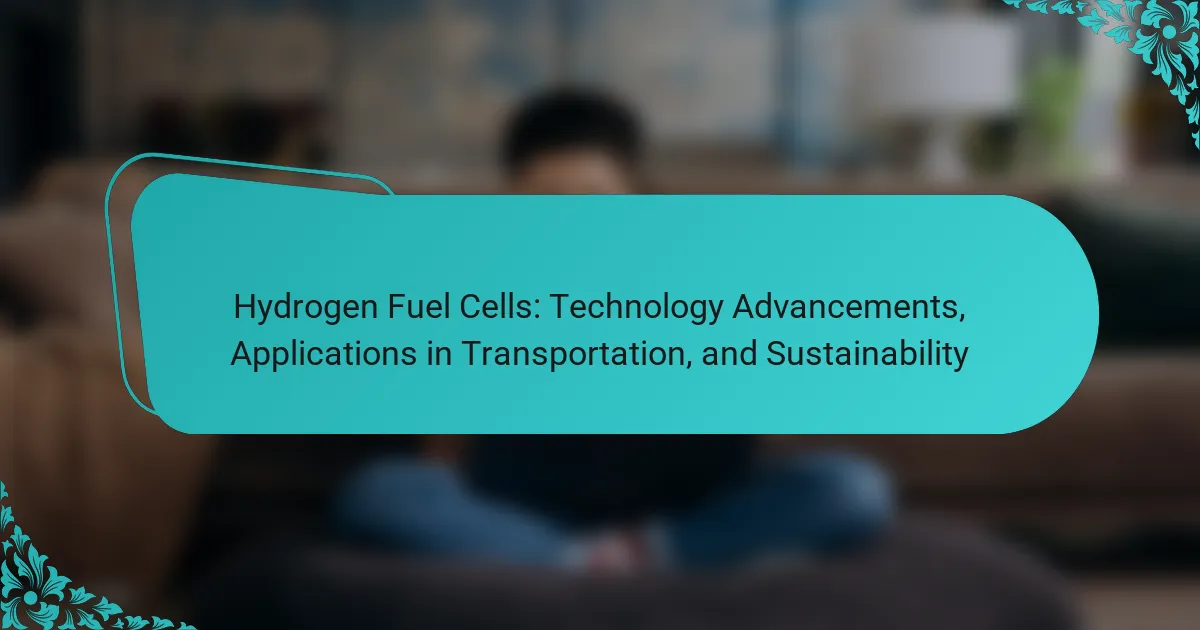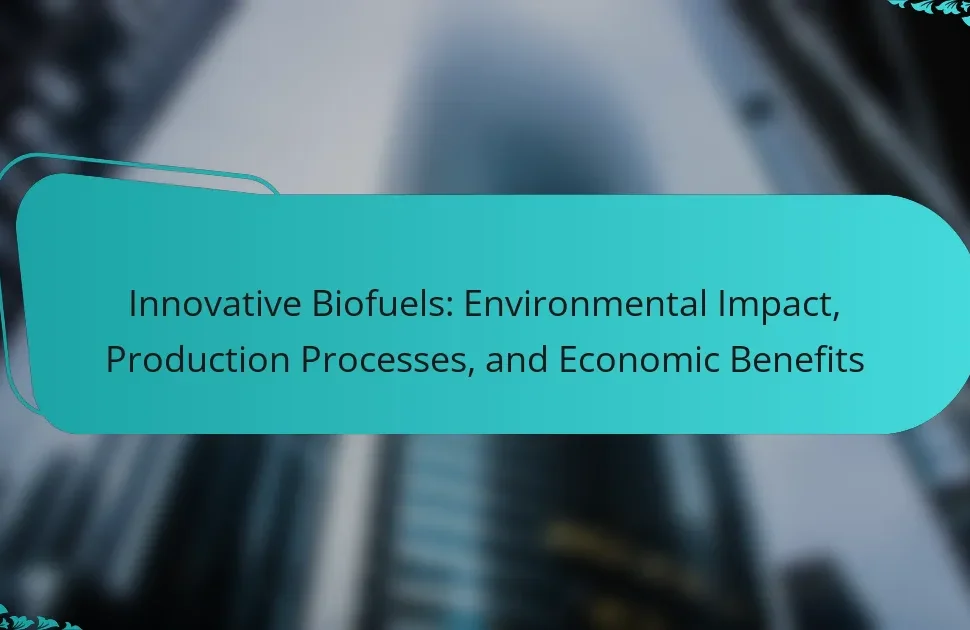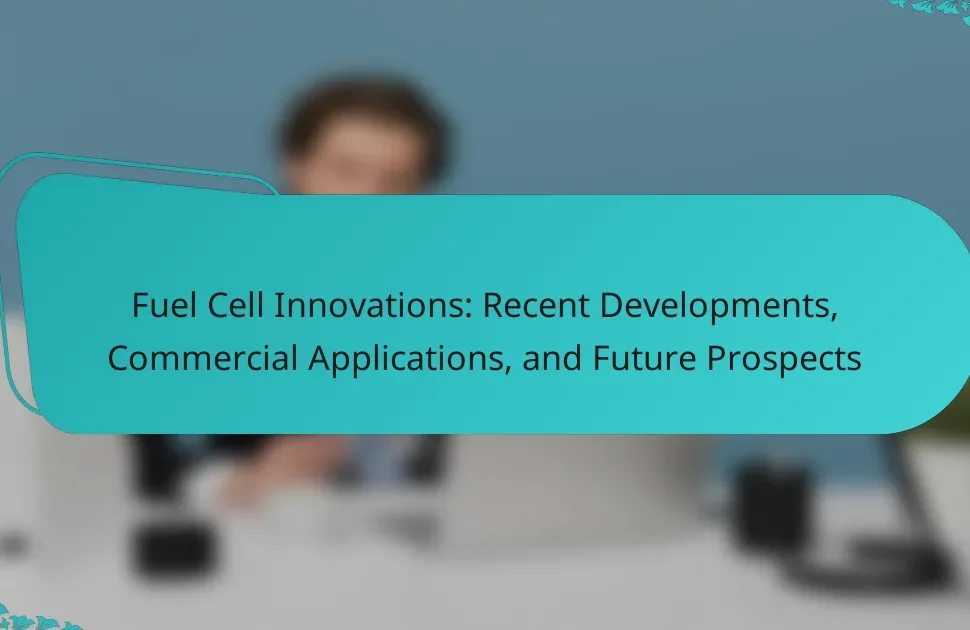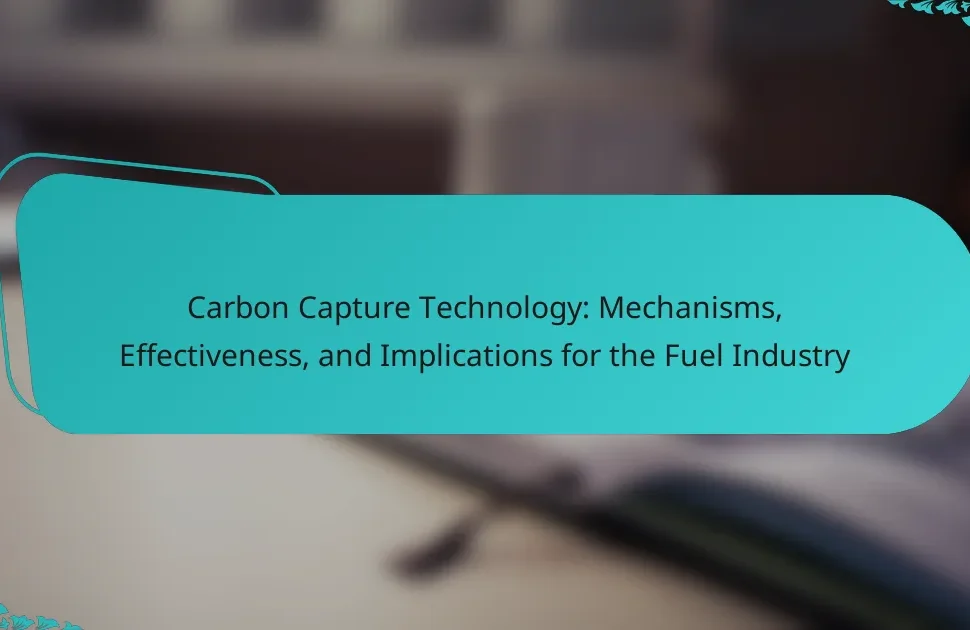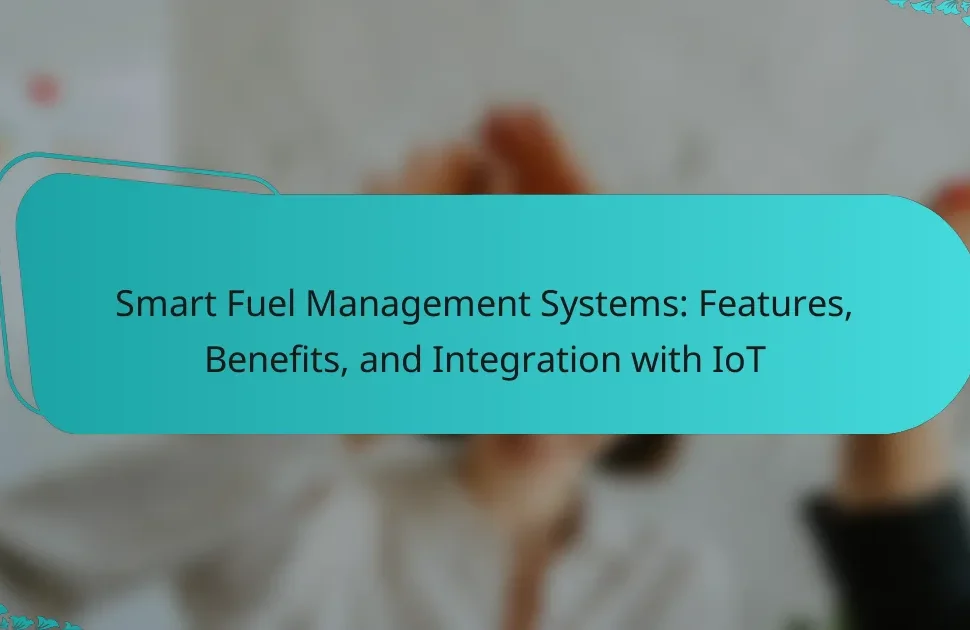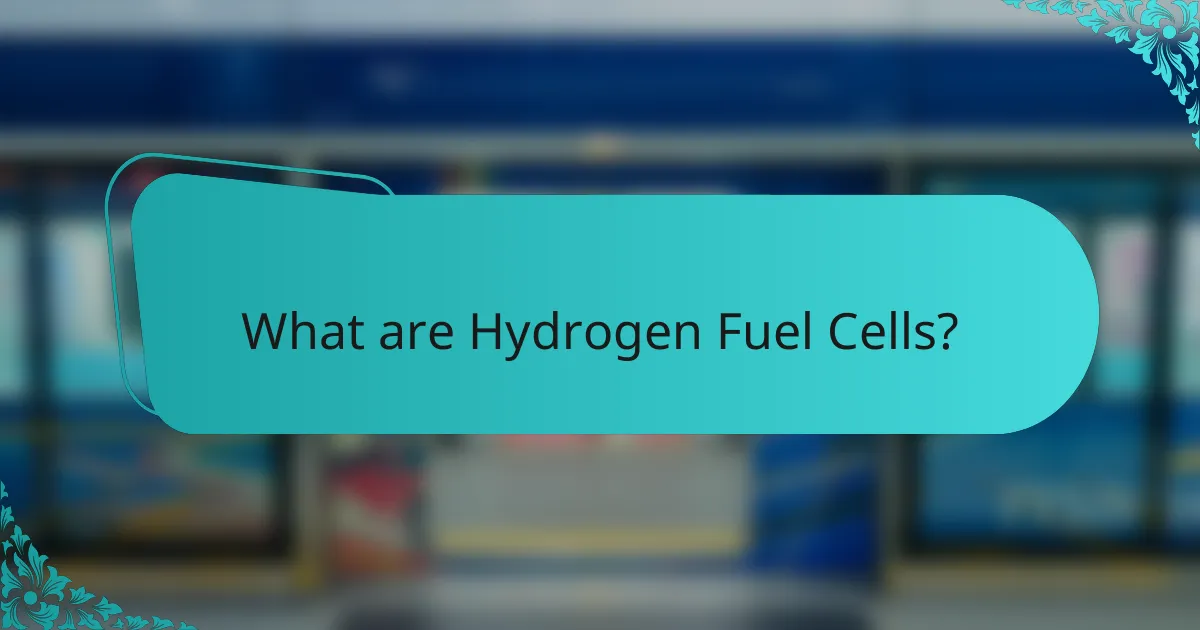
What are Hydrogen Fuel Cells?
Hydrogen fuel cells are devices that convert chemical energy from hydrogen into electricity. They operate through an electrochemical reaction between hydrogen and oxygen. This process produces electricity, water, and heat. Hydrogen fuel cells are known for their efficiency and low emissions. They can be used in various applications, including vehicles and stationary power generation. According to the U.S. Department of Energy, fuel cells can achieve efficiencies of up to 60%. This technology represents a clean energy solution that supports sustainability efforts.
How do Hydrogen Fuel Cells generate energy?
Hydrogen fuel cells generate energy through an electrochemical reaction between hydrogen and oxygen. In this process, hydrogen gas enters the anode side of the fuel cell. At the anode, a catalyst splits hydrogen molecules into protons and electrons. The protons pass through the electrolyte membrane while the electrons travel through an external circuit, creating an electric current. On the cathode side, oxygen from the air combines with the protons and electrons to form water. This reaction produces electricity, heat, and water as byproducts. Hydrogen fuel cells are efficient, with an energy conversion efficiency of up to 60%.
What are the key components of a Hydrogen Fuel Cell?
The key components of a hydrogen fuel cell are the anode, cathode, and electrolyte membrane. The anode is where hydrogen gas is supplied and split into protons and electrons. The cathode is where oxygen is introduced and combines with protons and electrons to form water. The electrolyte membrane allows only protons to pass through while blocking electrons. This separation creates an electric current as electrons flow through an external circuit. The overall reaction in a hydrogen fuel cell produces electricity, heat, and water as byproducts. These components work together to convert chemical energy into electrical energy efficiently.
How does the electrochemical process work in Hydrogen Fuel Cells?
The electrochemical process in hydrogen fuel cells converts hydrogen and oxygen into electricity, water, and heat. This process occurs in two electrodes: the anode and the cathode. At the anode, hydrogen molecules are split into protons and electrons. The protons pass through the electrolyte membrane, while the electrons travel through an external circuit, generating electrical power. At the cathode, oxygen molecules react with the protons and electrons to form water and heat. This reaction is highly efficient, with fuel cells achieving efficiencies of up to 60%. Hydrogen fuel cells produce zero emissions, making them an environmentally friendly energy source.
What advancements have been made in Hydrogen Fuel Cell technology?
Recent advancements in hydrogen fuel cell technology include increased efficiency and reduced costs. Research has led to fuel cells achieving efficiencies over 60%. New materials, such as advanced catalysts, have decreased reliance on precious metals. Innovations in membrane technology have improved durability and performance. Companies are developing compact and lightweight fuel cells for automotive applications. Hydrogen production methods have become more sustainable, utilizing renewable energy sources. The global market for hydrogen fuel cells is projected to grow significantly, reaching $24 billion by 2026. These advancements position hydrogen fuel cells as a viable alternative energy source for various applications.
What are the recent innovations in Hydrogen Fuel Cell design?
Recent innovations in hydrogen fuel cell design include advancements in membrane technology and catalyst development. New proton exchange membranes enhance efficiency and durability. These membranes can operate at higher temperatures and pressures, improving overall performance. Innovations in catalysts focus on reducing precious metal usage while maintaining effectiveness. Researchers are exploring alternative materials like nickel and cobalt-based catalysts. Additionally, compact and lightweight designs are being developed for automotive applications. These designs improve integration into vehicles and reduce overall weight. Innovations also include the use of 3D printing for fuel cell components, allowing for complex geometries and improved performance. These advancements collectively contribute to the growing viability of hydrogen fuel cells in various applications.
How have efficiency and performance improved in modern Hydrogen Fuel Cells?
Modern hydrogen fuel cells have seen significant improvements in efficiency and performance. Advances in membrane technology have reduced resistance and increased proton conductivity. Enhanced catalysts have lowered the amount of precious metals needed, improving cost-effectiveness. Recent designs allow for higher operational temperatures, which increases overall efficiency. Innovations in fuel cell stack configurations have optimized space and weight, making them more suitable for various applications. The integration of advanced control systems has improved response times and operational stability. These improvements lead to better overall energy conversion rates, often exceeding 60% in some systems. Research indicates that these advancements contribute to longer lifespan and reduced maintenance needs, making modern hydrogen fuel cells more viable for widespread use.
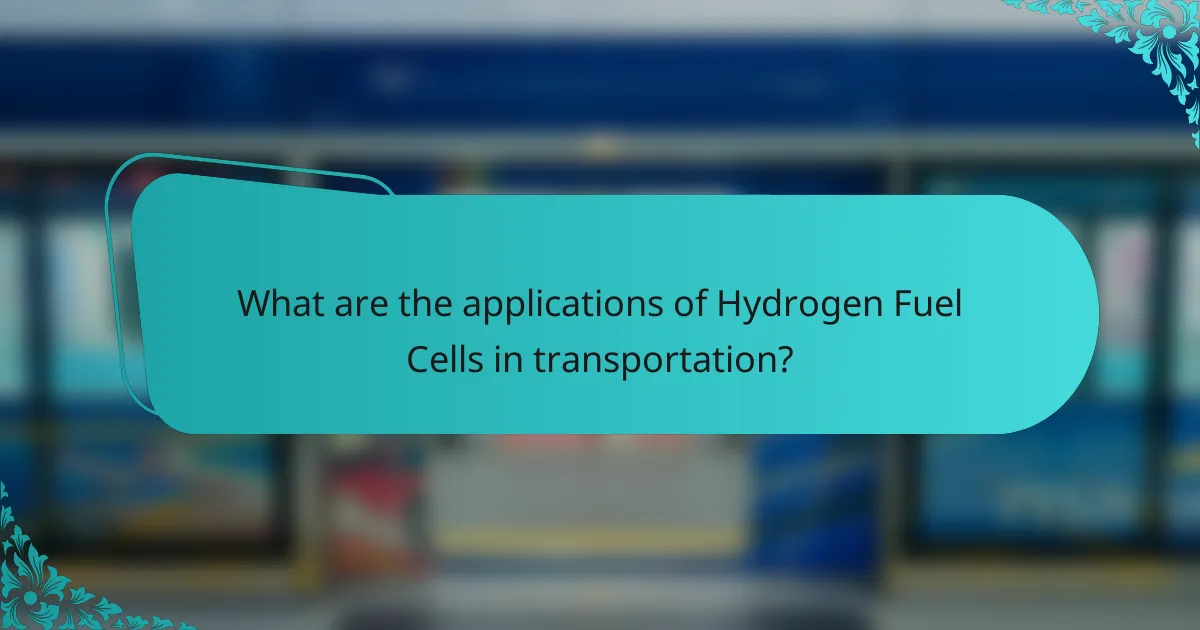
What are the applications of Hydrogen Fuel Cells in transportation?
Hydrogen fuel cells are used in transportation primarily for powering vehicles. They convert hydrogen and oxygen into electricity, producing only water as a byproduct. This technology is applied in various types of vehicles, including buses, trucks, and passenger cars. For instance, hydrogen fuel cell buses are already operating in several cities worldwide, showcasing their viability for public transport. Additionally, major automotive manufacturers are developing hydrogen fuel cell vehicles to reduce greenhouse gas emissions. The range of hydrogen fuel cell vehicles can exceed that of traditional electric vehicles, making them suitable for long-distance travel. Moreover, hydrogen fuel cells are also being explored for use in trains and ships, further expanding their application in the transportation sector.
How are Hydrogen Fuel Cells used in vehicles?
Hydrogen fuel cells are used in vehicles to convert hydrogen into electricity. This process powers the electric motor, enabling the vehicle to move. Hydrogen fuel cells produce only water vapor as a byproduct, making them environmentally friendly. Vehicles equipped with hydrogen fuel cells typically have a fuel tank that stores hydrogen gas. When the hydrogen is supplied to the fuel cell, it combines with oxygen from the air. This chemical reaction generates electricity, which powers the vehicle. The efficiency of hydrogen fuel cells can reach up to 60%, significantly higher than traditional internal combustion engines. Additionally, hydrogen fuel cell vehicles can refuel in just a few minutes, similar to gasoline vehicles.
What types of vehicles utilize Hydrogen Fuel Cells?
Hydrogen fuel cells are utilized in various types of vehicles. These include passenger cars, buses, trucks, and forklifts. Major automotive manufacturers produce hydrogen fuel cell vehicles, such as Toyota, Honda, and Hyundai. For instance, the Toyota Mirai and Hyundai Nexo are popular hydrogen fuel cell passenger cars. Additionally, hydrogen fuel cell buses are increasingly adopted in public transportation systems. Companies like Ballard Power Systems also produce hydrogen fuel cell systems for commercial trucks and forklifts. The versatility of hydrogen fuel cells enables their application across multiple vehicle categories, contributing to cleaner transportation options.
How do Hydrogen Fuel Cell vehicles compare to traditional electric vehicles?
Hydrogen Fuel Cell vehicles (FCVs) produce electricity through a chemical reaction between hydrogen and oxygen. Traditional electric vehicles (EVs) store electricity in batteries. FCVs can refuel in about five minutes, while EVs often require longer charging times. Hydrogen has a higher energy density than batteries, allowing for longer driving ranges. However, hydrogen infrastructure is less developed than electric charging networks. FCVs emit only water vapor, similar to EVs that produce zero tailpipe emissions. The production of hydrogen can be renewable, but it often relies on fossil fuels. In contrast, EVs can be charged using renewable energy sources directly. Overall, both technologies have unique advantages and challenges in the transition to sustainable transportation.
What role do Hydrogen Fuel Cells play in public transportation?
Hydrogen fuel cells play a crucial role in public transportation by providing a clean and efficient energy source. They convert hydrogen gas into electricity, producing only water vapor as a byproduct. This technology helps reduce greenhouse gas emissions and air pollutants in urban areas. Hydrogen fuel cell buses and trains are being deployed in various cities worldwide. For instance, the European Union aims to have 1,000 hydrogen fuel cell buses on the road by 2025. Additionally, hydrogen fuel cells offer longer ranges and faster refueling times compared to battery electric vehicles. This makes them suitable for heavy-duty applications and long-distance travel. Overall, hydrogen fuel cells contribute to sustainable public transportation solutions.
How are cities integrating Hydrogen Fuel Cell technology into their transit systems?
Cities are integrating Hydrogen Fuel Cell technology into their transit systems by deploying hydrogen-powered buses and trains. These vehicles produce zero emissions, contributing to cleaner air quality. For instance, cities like London and Hamburg have introduced hydrogen fuel cell buses. These buses utilize hydrogen to generate electricity, powering electric motors. Additionally, some cities are developing hydrogen refueling stations to support this technology. This infrastructure is essential for the operational efficiency of hydrogen transit vehicles. Furthermore, pilot projects and public-private partnerships are facilitating the adoption of hydrogen technology. These initiatives showcase the commitment of cities to sustainable transportation solutions.
What are the benefits of using Hydrogen Fuel Cells in buses and trains?
Hydrogen fuel cells offer multiple benefits for buses and trains. They produce electricity through a chemical reaction between hydrogen and oxygen, emitting only water vapor as a byproduct. This results in zero harmful emissions, contributing to cleaner air quality. Hydrogen fuel cells provide longer ranges compared to battery electric vehicles, making them suitable for longer transit routes. They can be refueled quickly, typically within 15 minutes, enhancing operational efficiency. Additionally, hydrogen can be produced from various renewable sources, supporting sustainable energy practices. According to the U.S. Department of Energy, hydrogen fuel cells can improve energy efficiency in transportation by up to 60%.
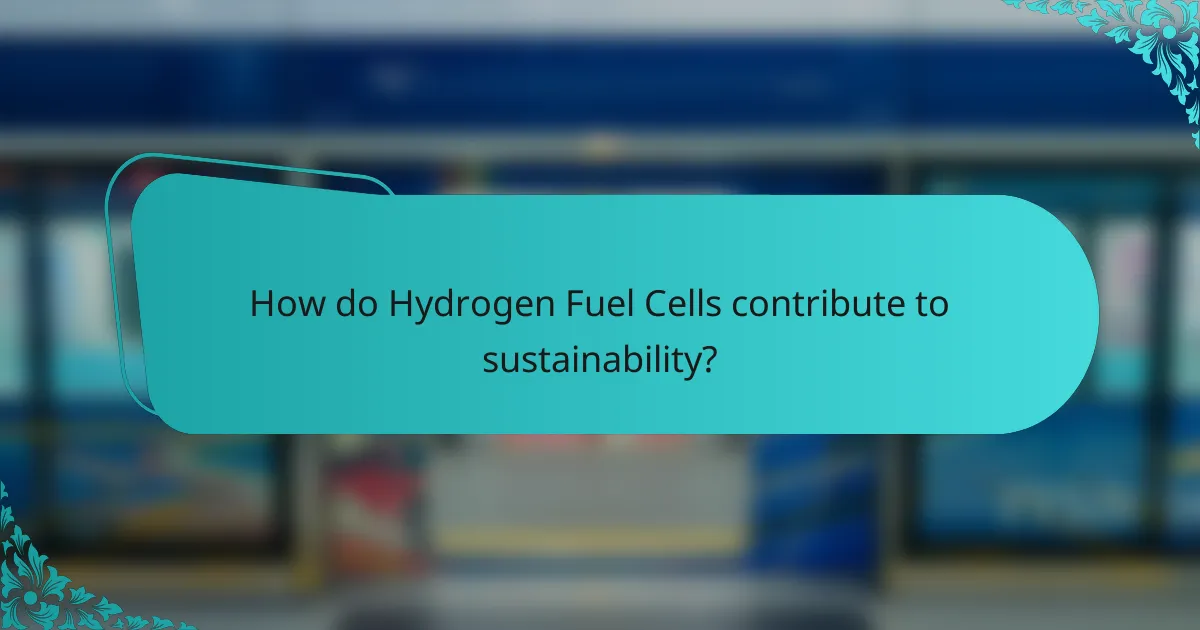
How do Hydrogen Fuel Cells contribute to sustainability?
Hydrogen fuel cells contribute to sustainability by providing a clean energy source that emits only water vapor as a byproduct. They convert hydrogen and oxygen into electricity through an electrochemical reaction. This process produces zero greenhouse gas emissions, making it environmentally friendly. Hydrogen can be produced from renewable sources, such as wind or solar energy. This reduces reliance on fossil fuels and lowers carbon footprints. The use of hydrogen fuel cells in transportation can significantly decrease air pollution in urban areas. Studies indicate that hydrogen fuel cells can achieve efficiencies of up to 60%, compared to traditional combustion engines. This efficiency further enhances their role in promoting sustainable energy solutions.
What environmental benefits do Hydrogen Fuel Cells offer?
Hydrogen fuel cells offer significant environmental benefits by producing electricity with water as the only byproduct. This process reduces greenhouse gas emissions, contributing to cleaner air. Hydrogen fuel cells can also decrease reliance on fossil fuels, promoting energy sustainability. They operate efficiently, converting chemical energy directly to electrical energy. Additionally, hydrogen can be produced from renewable sources, enhancing its environmental credentials. According to the U.S. Department of Energy, hydrogen fuel cells can reduce pollutants such as nitrogen oxides and particulate matter. This technology supports efforts to combat climate change and improve public health.
How do Hydrogen Fuel Cells reduce greenhouse gas emissions?
Hydrogen fuel cells reduce greenhouse gas emissions by converting hydrogen and oxygen into electricity, with water as the only byproduct. This process eliminates carbon dioxide emissions associated with fossil fuels. Hydrogen fuel cells operate efficiently, achieving up to 60% efficiency compared to traditional combustion engines. As a result, they significantly lower overall greenhouse gas emissions in transportation and energy sectors. According to the U.S. Department of Energy, hydrogen fuel cells can reduce emissions by up to 50% compared to gasoline vehicles. This technology promotes cleaner energy solutions and contributes to climate change mitigation.
What is the impact of Hydrogen Fuel Cells on air quality?
Hydrogen fuel cells significantly improve air quality by emitting only water vapor as a byproduct. Unlike conventional fossil fuel vehicles, they do not release harmful pollutants such as nitrogen oxides or particulate matter. Studies indicate that widespread adoption of hydrogen fuel cells could reduce urban air pollution levels. For instance, a report by the International Energy Agency highlights that hydrogen-powered vehicles can contribute to cleaner air in densely populated areas. Additionally, transitioning to hydrogen fuel cells can lower greenhouse gas emissions, further enhancing air quality. Overall, the implementation of hydrogen fuel cells presents a viable solution for reducing air pollution and promoting environmental sustainability.
How can Hydrogen Fuel Cells support renewable energy integration?
Hydrogen fuel cells can support renewable energy integration by providing a means of energy storage and conversion. They convert hydrogen into electricity, which can be generated from renewable sources like wind and solar. This process allows excess energy produced during peak generation times to be stored as hydrogen. When energy demand is high or renewable generation is low, hydrogen can be converted back into electricity.
This capability enhances grid stability and reliability. It also facilitates the use of intermittent renewable energy sources. According to the International Energy Agency, hydrogen can contribute to decarbonizing sectors that are hard to electrify. Additionally, the deployment of hydrogen fuel cells can lead to reduced greenhouse gas emissions. This aligns with global sustainability goals and supports the transition to a low-carbon economy.
What is the relationship between Hydrogen Fuel Cells and renewable energy sources?
Hydrogen fuel cells convert hydrogen into electricity, making them a clean energy source. They can utilize hydrogen produced from renewable energy sources like solar and wind. Renewable energy can power electrolysis, splitting water into hydrogen and oxygen. This process creates green hydrogen, which is environmentally friendly. Hydrogen fuel cells therefore complement renewable energy by providing storage and transport solutions. They enhance energy efficiency and reduce carbon emissions in various applications. This synergy supports the transition to a sustainable energy future.
How can Hydrogen Fuel Cells store excess renewable energy?
Hydrogen fuel cells can store excess renewable energy by converting that energy into hydrogen through a process called electrolysis. In electrolysis, electricity from renewable sources, such as solar or wind, splits water into hydrogen and oxygen. The produced hydrogen can be stored for later use as an energy source. When needed, the stored hydrogen can be fed back into the fuel cell to generate electricity. This process is efficient and allows for energy storage over long periods. According to the U.S. Department of Energy, hydrogen storage systems can provide a viable solution to balance supply and demand in energy systems.
What are the challenges facing Hydrogen Fuel Cell adoption?
The challenges facing Hydrogen Fuel Cell adoption include high production costs, limited infrastructure, and low energy efficiency. High production costs are primarily due to the expensive materials required, such as platinum for catalysts. Limited infrastructure refers to the scarcity of hydrogen refueling stations, which hampers widespread use. Low energy efficiency is a concern as hydrogen production, storage, and conversion processes can lead to energy losses. Additionally, safety concerns regarding hydrogen storage and transport also pose challenges. These factors collectively hinder the growth of hydrogen fuel cell technology in the market.
What are the economic barriers to widespread Hydrogen Fuel Cell use?
High costs are the primary economic barriers to widespread Hydrogen Fuel Cell use. The production of hydrogen fuel remains expensive, primarily due to the reliance on fossil fuels for extraction. Current methods like steam methane reforming are cost-prohibitive for large-scale implementation. Infrastructure for hydrogen distribution is also lacking and requires significant investment. Additionally, fuel cell technology itself is still being developed, leading to high manufacturing costs. Market competition with established technologies, such as battery electric vehicles, further complicates adoption. According to a 2021 report by the International Energy Agency, the cost of hydrogen production needs to decrease by 30% to become competitive. These factors collectively hinder the economic viability of hydrogen fuel cells in the current market.
How does infrastructure affect the growth of Hydrogen Fuel Cell technology?
Infrastructure significantly impacts the growth of Hydrogen Fuel Cell technology. Adequate infrastructure facilitates the production, storage, and distribution of hydrogen. This includes hydrogen refueling stations, pipelines, and production facilities. The presence of refueling stations increases consumer confidence in hydrogen vehicles. According to the Hydrogen Council, a robust network of refueling stations is essential for widespread adoption. Additionally, investment in production facilities can lower hydrogen costs, making fuel cells more competitive. Regions with strong infrastructure see accelerated adoption rates. For instance, California has seen growth in hydrogen vehicles due to its extensive refueling network. Thus, infrastructure plays a crucial role in enabling the scalability and accessibility of Hydrogen Fuel Cell technology.
What best practices can enhance the use of Hydrogen Fuel Cells?
Implementing best practices can significantly enhance the use of hydrogen fuel cells. Regular maintenance ensures optimal performance and longevity. Proper storage conditions prevent degradation of hydrogen fuel. Utilizing advanced materials can improve efficiency and reduce costs. Integrating renewable energy sources for hydrogen production supports sustainability. Training personnel on safety protocols minimizes risks associated with hydrogen use. Collaborating with industry partners fosters innovation and development. Conducting ongoing research helps to identify new applications and improve technology. These practices are supported by studies indicating improved efficiency and safety in hydrogen fuel cell systems.
How can businesses effectively implement Hydrogen Fuel Cell technology?
Businesses can effectively implement Hydrogen Fuel Cell technology by assessing their energy needs and infrastructure. They should evaluate the feasibility of hydrogen production and supply chains. Collaborating with technology providers is essential for acquiring the necessary equipment. Training staff on hydrogen safety and fuel cell operations is crucial for successful integration. Additionally, businesses must secure funding and incentives for clean energy projects. Implementing pilot programs can help test the technology’s viability. Monitoring performance and making adjustments will optimize operations over time. According to the U.S. Department of Energy, hydrogen fuel cells can significantly reduce greenhouse gas emissions, supporting sustainability goals.
What tips are available for maintaining Hydrogen Fuel Cell systems?
Regularly check the hydrogen fuel cell system for leaks. Use specialized leak detection methods to ensure safety and efficiency. Maintain the fuel cell stack temperature within optimal ranges. This prevents overheating and prolongs system life. Inspect and replace filters as necessary. Clean air intake and exhaust systems to ensure proper airflow. Monitor the electrolyte levels and quality regularly. Low levels can lead to reduced performance. Conduct regular diagnostics to identify potential issues early. This proactive approach helps avoid costly repairs. Keep the system’s software updated for optimal performance. Regular maintenance enhances the reliability and lifespan of hydrogen fuel cell systems.
Hydrogen fuel cells are devices that convert chemical energy from hydrogen into electricity through an electrochemical reaction, producing only water and heat as byproducts. This article examines the advancements in hydrogen fuel cell technology, including increased efficiency and reduced costs, as well as their applications in transportation, such as in vehicles, buses, and trains. Additionally, it highlights the environmental benefits of hydrogen fuel cells, including their role in reducing greenhouse gas emissions and improving air quality, while also addressing the challenges and best practices for their adoption and integration into existing infrastructure. Overall, the content provides a comprehensive overview of hydrogen fuel cells as a sustainable energy solution.
